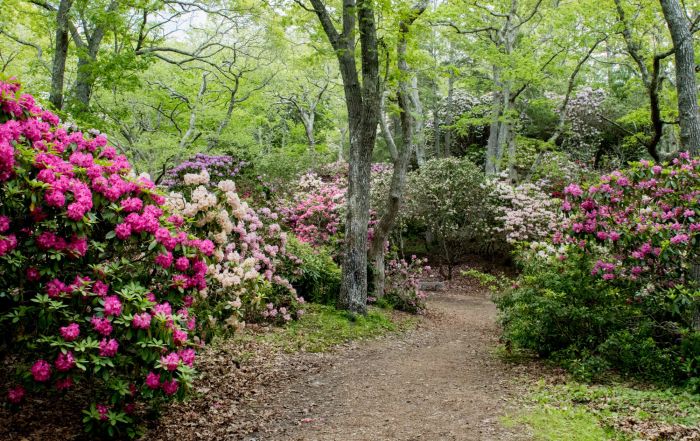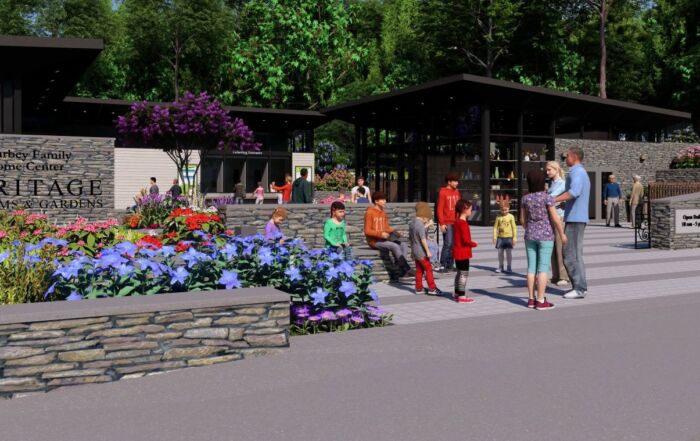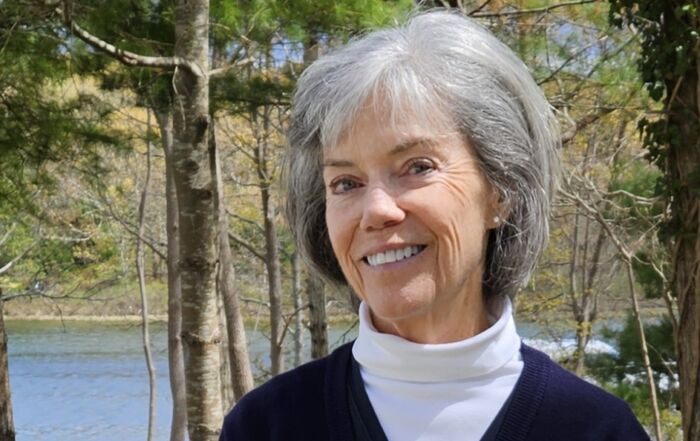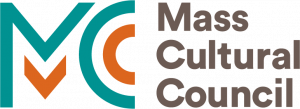This cultivar, introduced in 2004, created a significant impact in the woody ornamental world as the first major ‘reblooming’ Hydrangea macrophylla. It was well marketed and publicized, and in just a few years, became the ‘new’ standard for blue hydrangeas and readily accepted and planted by the nursery and landscape trades. The terms rebloomer and remontant became common terms of merit and Hydrangea macrophylla breeding would be changed forever.

Winter Hardiness – Plant & Bud
‘Discovered’ in St. Paul, MN, Endless Summer – Original™ (aka ‘Bailmer’) was special in that this plant’s flower buds repeatedly survived the rigors of zone 5 winters and flowered regularly the following summers. Close evaluation showed that two conditions were uniquely present. Some stem wood buds survived the winter in traditional fashion and produced blossoms during the normal mid-summer period. But a second mechanism also existed. During winter dormancy, some flower buds were held on yet to develop new growth contained within the plant’s basil crown and below the plant’s ground level. As this new ‘right from the ground’ growth developed (with reasonable spring-summer weather conditions), the terminal buds became blossoms as the summer progressed. Endless Summer – Original™ was thusly heralded as the first H. macrophylla that flowered on ‘old’ and ‘new’ wood.
The following photos illustrate this blooming propensity. On the left we see the typically ‘frightening’ early spring appearance of Endless Summer-Original™ and BloomStruck™ for comparison. The latter is another selection in Bailey’s Endless Summer Series. There is some subtle differences between these two plants, both rebloomers. The Endless Summer-Original™ on the left shows mostly basal growth, relatively little stem bud survival. On the right, BloomStruck™ has far more surviving stem buds, in addition to strong basal growth.

Endless Summer April 15th

BloomStruck April 15th
Below we see the same plants 32 days later. The difference in plant growth is much more definitive now; Endless Summer- Original™ growth is decidedly from the basal crown while the survival of stem buds on BloomStruck™ is very obvious and quite substantial.
These same day photos illustrate an important distinction. Endless Summer- Original™ develops blossoms primarily on new wood while BloomStruck™ produces flowers on both old wood – from winter surviving stem buds – and also from later developing blossoms on new wood. Some interesting hybridizing going on with this latter cultivar!

Endless Summer, May 17

BloomStruck, May 17
Our first major planting of (11) Endless Summer- Original™ occurred in the summer of 2014 in an area that later became part of the Test Garden. About half the plants were relocated / incorporated into the Test Garden (same general area) during the Garden’s development in the spring of 2016.
Bloom Count & Quality
Flower development has been generally reliable with Endless Summer – Original™, however, bloom density has been quite variable and often unpredictable. Flowering has improved with in-ground maturity, however, definitive assessments and judgements have often been elusive – difficult to understand and impossible to predict. Overall, this cultivar has been a moderate to strong bloomer numbers-wise with per plant densities of (15) to (40) blossoms. Bloom size is medium to large, 4” to 6”, with good bright pale to medium blue color saturation. The cultivar is easily adjusted from blue to pink via the content of aluminum and the level of soil acidity.
Reblooming Capability
Well grown Endless Summer – Original™ plants – well sited, irrigated, fertilized modestly – do rebloom reliably and at least modestly most summers in the Test Garden. 2019 was our best blooming year to date for the Endless Summer Series and was good overall at Heritage with the truly potent ‘rebloomers’ leading the way, particularly as the summer progressed.
Sun Tolerance
Our ‘Endless Summer’ plantings are about equally dispersed between ‘more sun’ and ‘more shade’ locations. Somewhat more flowers are produced on the ‘more sun’ specimens but the ‘flagging’ (leaf wilting) in the middle of the afternoon is more sustained. This occurrence is common to virtually all cultivars having medium green, matt finish foliage – ie, Nikko Blue’, ‘Penny Mac’, ‘David Ramsey’, ‘All Summer Beauty’, etc. And it is totally sun related; soon after the sun passes and shade arrives, the leaves perk back to normal.
It should be remembered that H. macrophyllas having shiny, dark green foliage – and deeper bloom pigment – are much less prone to this ‘flagging’.
Disease & Pest Attack
At Heritage, some H. macrophylla cultivars have been troubled by Chili Thrips the past few years. The ‘Thrip Season’ is when it’s hot and dry – typically August and September on Cape Cod. It is cultivar specific (Endless Summer – Original™ has only been minimally affected) and while not fatal, the general appearance of a plant can become quite compromised.
Foliage Condition
‘Spotting’ for us in 2019 was minor with the exception of a few plants that were badly stressed in terms of inadequate (manual overhead / aerial) irrigation. In general, our observations suggest that strong, vigorous plants, receiving surface irrigation, combat fungal problems quite well. Overall, surface / drip irrigation is paramount to success with hydrangeas.
General Growth Characteristics
Endless Summer – Original™ is a medium size plant for us, nominally 4 ft high and wide. Early plantings often exhibited considerable stem drooping or flopping. Pruning this errant wood was corrective but often took a couple of spring prunings to accomplish. Once corrected, the condition did not re-occur.
Looking Ahead
Pruning potentially offers additional benefits to reblooming cultivars. Early work with mid-summer (July) pinching of non-flowering stems showed an increase in late season bloom development. This is a cultivar specific issue; not all respond in similar fashion. In 2020 at Heritage we will be conducting further pruning trials to more fully evaluate this potential flowering benefit.
emc 191110, 191202, 200206
Recent Garden News & Blogs
Heritage 2025 Season Press Release
Welcome to a Spectacular Season at Heritage Museums & Gardens Sandwich, MA (April 29, 2025) - As the seasons shift and the gardens burst into full bloom, Heritage Museums & Gardens is ready [...]
Heritage Awarded TernSOLAR Grant
Heritage Museums & Gardens Awarded $60,000 TernSOLAR Matching Grant for Renewable Energy Initiative December 11, 2024 - Heritage Museums & Gardens is proud to announce it has been awarded a $60,000 TernSOLAR Challenge [...]
Volunteer Spotlight!
Volunteer Spotlight: Featuring Carole Romaine By: Iris Clearwater, Volunteer Coordinator & Senior Gardener Do you know any kids who love Legos? Imagine a table covered in Legos of all shapes and sizes to explore [...]
The Barbey Welcome Center Groundbreaking
The Barbey Family Welcome Center Groundbreaking, February 7, 2024 Groundbreaking Ceremony Marks the Start of Construction for the New Barbey Family Welcome Center at Heritage Museums & Gardens February 8, 2024 (Sandwich, MA) [...]













